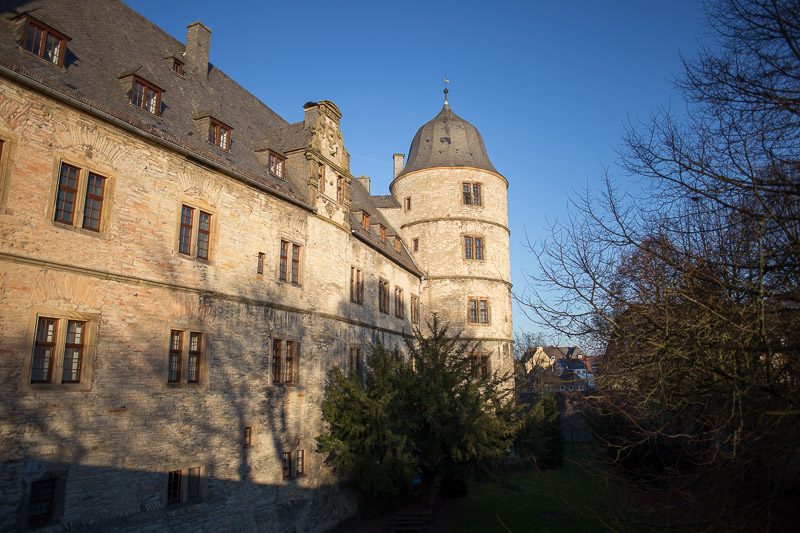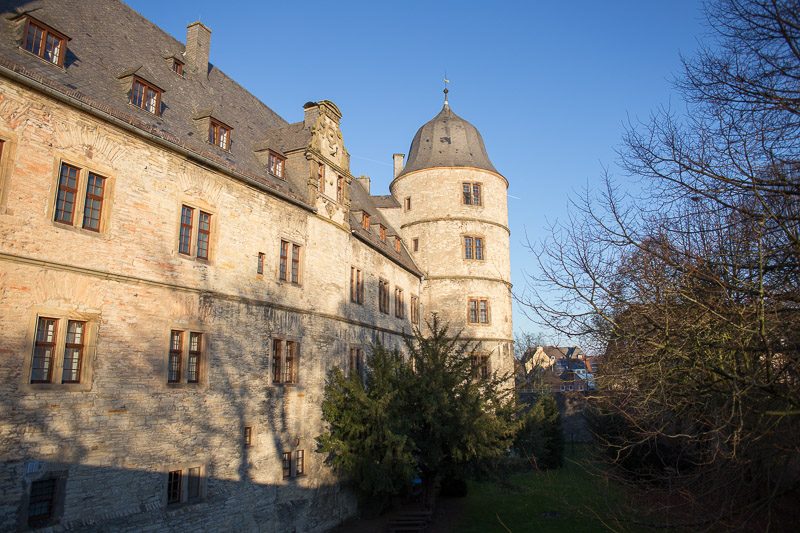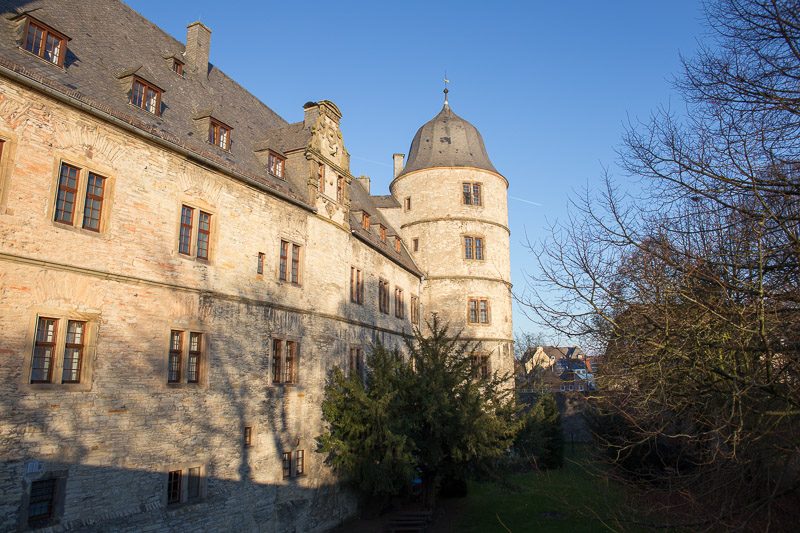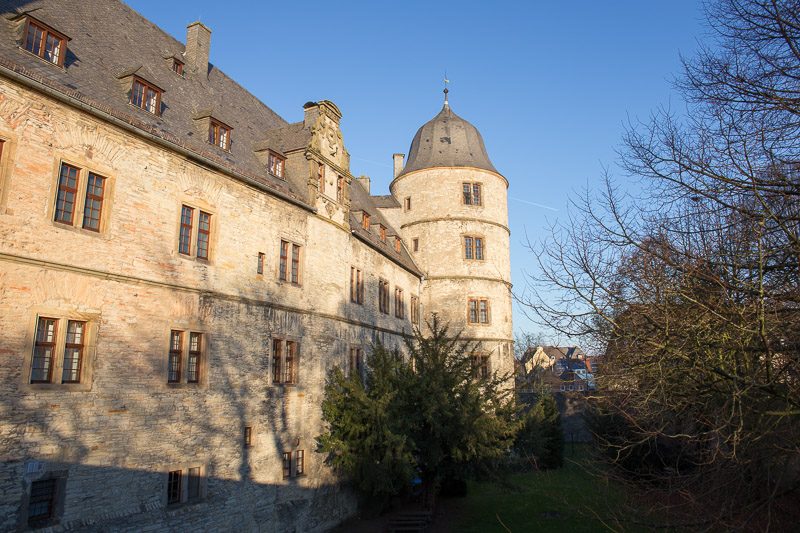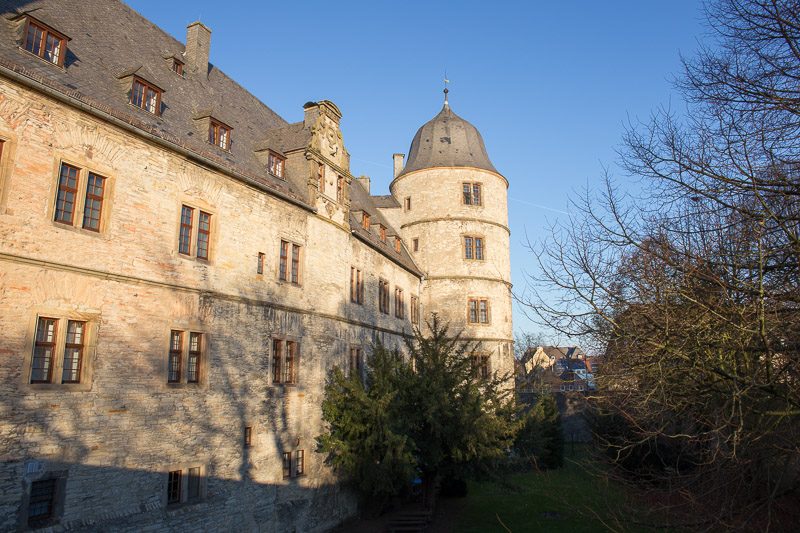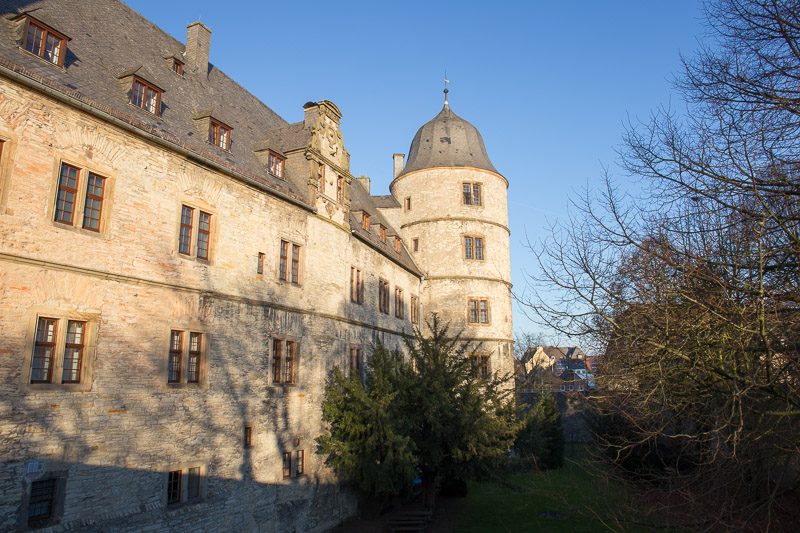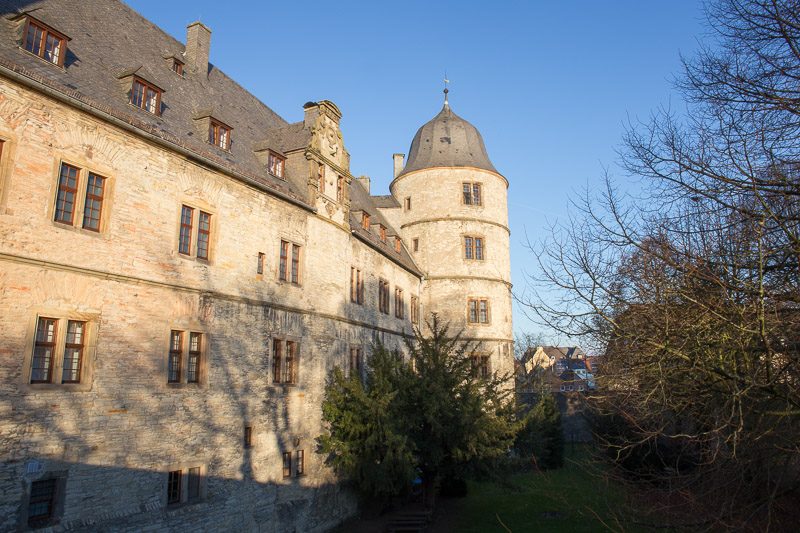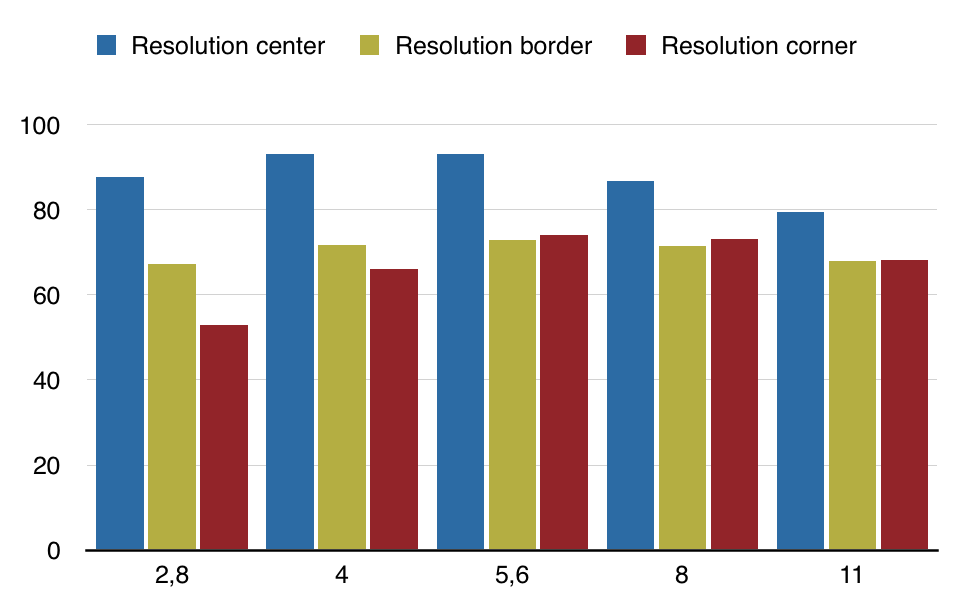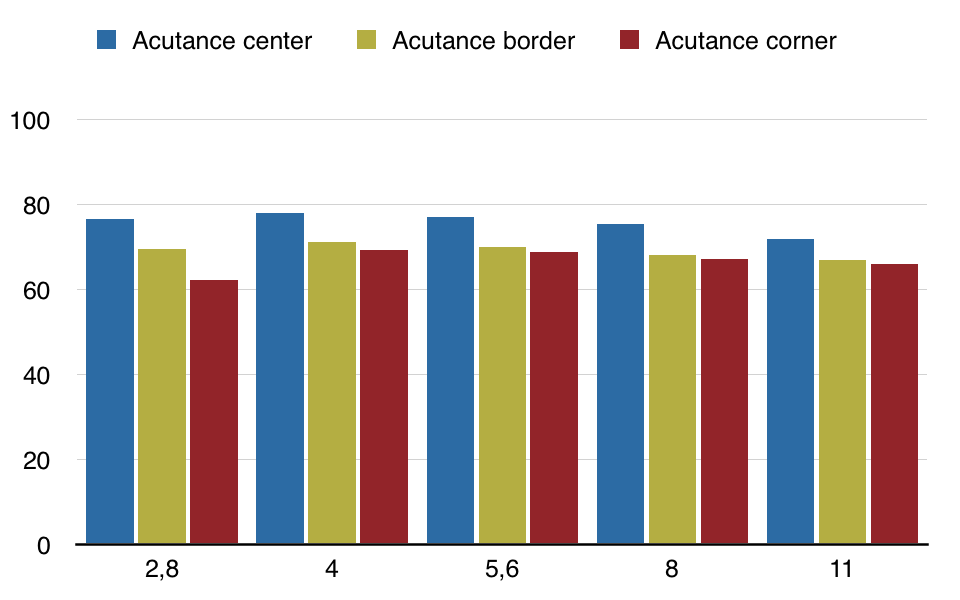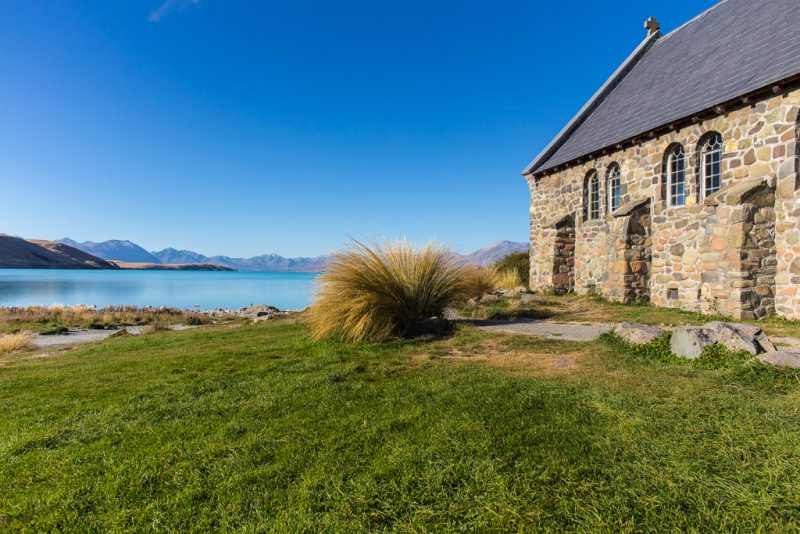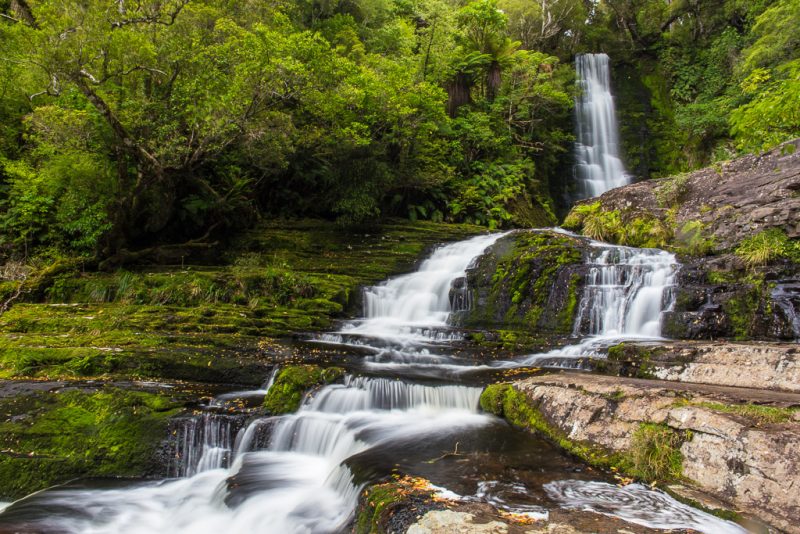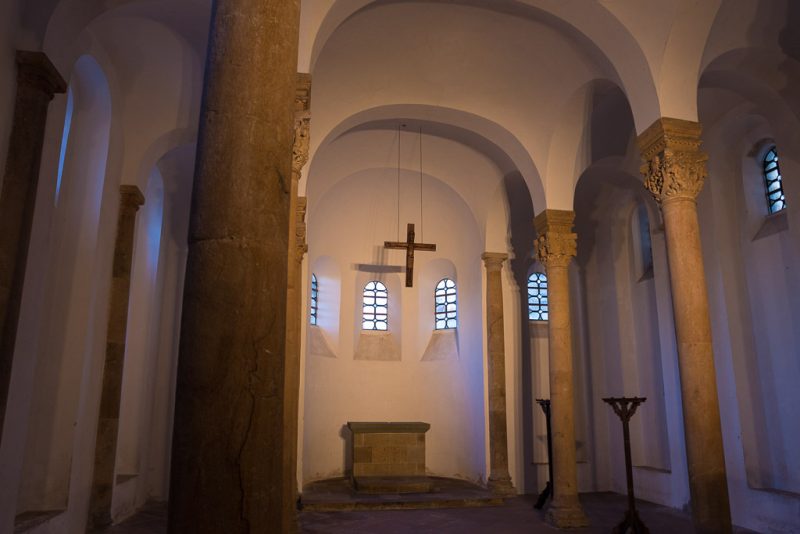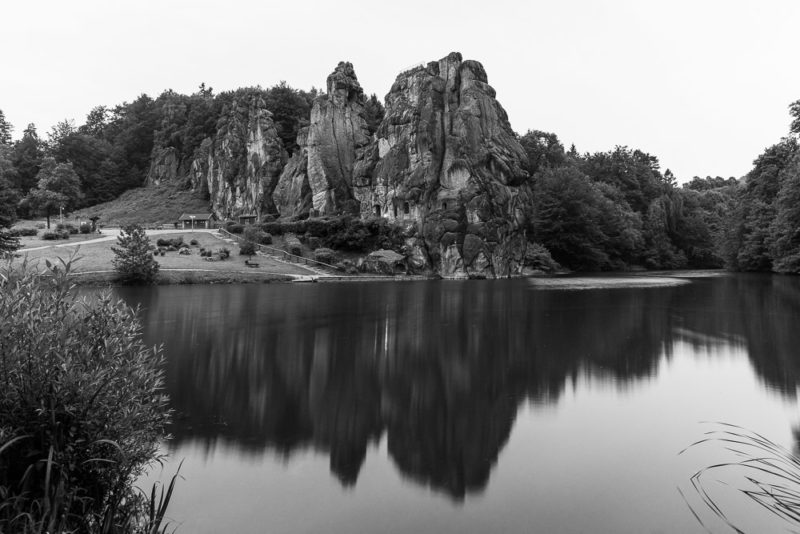Canon EF 24mm f/2.8 IS USM
2012 was a good year for wide-angle lovers shooting with Canon lenses. In June, the 24mm f/2.8 and 28mm f/2.8 prime lenses were updated with completely new constructions now featuring a USM drive and also an image stabilizer. At the end of the year, Canon added a 35mm f/2 lens to complete the line-up of moderately fast wide-angle primes. Canon was also active introducing zoom lenses, updating the 24-70mm f/2.8 to version II and introducing a lens of the same range with f/4. The lenses initially were anything but low-priced, but prices have come down significantly. This review takes a look at the EF 24mm f/2.8 IS USM.
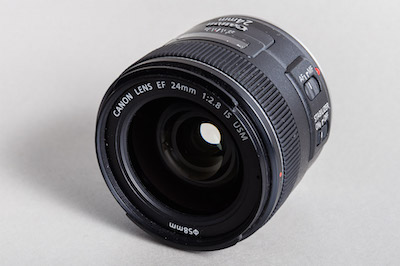
Lens Basics
One nice thing about the new lens is that it is still very compact, having almost the same dimensions and weight as the old lens and even the filter size remains at 58mm. The build quality seems much better to me than that of the older lens – plastic has come quite a long way since the 1980’s. As with most EF lenses, the mount is made of metal. The front lens does not rotate during focusing so that, while the lens is not labeled as sealed, there is little chance for water or dust to get inside.
When Canon replaced the old EF 24mm f/2.8 which dated back to 1988 and still had an arc form drive (AFD) autofocus motor, I had hoped for a USM drive and was not disappointed. The USM drive is fast and almost silent and allows for full time manual override – three aspects that are welcome improvements over the old design. The minimum focus distance is 0.2m (it was 0.25 with the old lens), yielding a maximum magnification ratio of 0.23. The focus throw is about 100 degrees with the scale ranging from 0.2m to 1m and then infinity.
The lens consists of 11 elements in 9 groups, one of which can be shifted to achieve image stabilization. Canon claims an image stabilization gain of 4 stops which would mean exposure times of up to half a second. I usually don’t trust it that far but have taken a few photos at 1/4 second which all turned out fine. A gyro sensor tells the lens when it needs to switch to panning mode. Also, the lens is supposed to “know” when you are shooting from a tripod so that there should be no need to turn it off though of course you always can if you want to. I wouldn’t want to argue that image stabilization might be unnecessary in a lens of such a wide angle, after all you can always turn it off so it doesn’t hurt to have one. Or does it? Well, it certainly hurts your wallet: At an original retail price of $800, the lens wasn’t exactly cheap – though that has come down substantially to $600 by now.
Seven rounded blades are supposed to improve the rendition of out-of-focus areas. As usual with non-L lenses Canon does not include a lens hood. Thus you need to buy the petal-shaped EW-65B for another fifty-something dollars or a cheaper alternative from a third party; I opted for the JJC LH-W65B. The lens cap is of the new center-pinch variety that allows for easier attaching and detaching when a lens hood is mounted.
Optical Performance
As usual, I don’t do any serious testing but rather rely on the sources out there and their findings – more on that in a moment. The following test shots were taken with a Canon EOS 6D at Wewelsburg, some 15km south of Paderborn, Germany. The sequence shows photos taken at every full aperture stop, starting at f/2.8 all the way down to f/22. The images were taken from a tripod. Please note that this sequence only shows the effect of the applied aperture and not of the image stabilization – the slowest shutter speed (used at f/22, of course) was 1/20 sec. The last image, showing Castle Moritzburg near Dresden, Germany, is here to illustrate distortion which will be discussed further down below.
The Wewelsburg photos have been taken as RAW images and were imported into Lightroom with the standard settings of that software. I reduced lights by 50 and moved up shadows by the same amount and also removed a couple of sensor dust spots that my camera had collected. The export was then done with standard sharpening for the screen. Versions of the images in full resolution can be found in my Flickr album Samples EF 24mm f/2.8 IS USM along with more sample photos.
There is quite a bit of vignetting at f/2.8 and even at f/4 you can see that the corners of the image are darkened. The latter would be less noticed if the other shots weren’t here for comparison but may still be visible in real-world applications. From f/5.6 onwards, there seems to be no noticable vignetting though it is still there. The vignetting can be corrected easily when processing the photo.
From a practical point of view, this lens is pretty sharp right from f/2.8 and into the corners with its best performance at medium apertures just like physics tell us. When zooming in onto one of the windows in the tower in the center of the photos at 200% or 300%, there is not much of a difference from f/2.8 down to f/8; beyond that the diffraction takes its toll. When zooming into the windows on the left border of the photos, there is an ever so slight decrease in sharpness at f/2.8 while there is virtually no difference from f/4 down to f/8. That decrease might even be caused by the depth of field as this point is rather close to the camera, but that might be debatable. Things are a little different when you look further out to the corners as you can see at the roof around the window in the top left corner. Sharpness increases from f/2.8 to f/5.6 and even slightly to f/8 before starting to decrease again beyond f/11. Keep in mind, however, that we are talking about viewing the photos at 100% and more. For all practical purposes, the lens is pretty sharp everywhere but in the extreme corners at f/2.8.
Slight chromatic aberrations can be noticed when looking at the 100% views; in practical applications I wouldn’t expect them to be any problem at all and usually not bother removing them. The last image in the sequence above, showing Moritzburg, has received a full edit in Lightroom. Like with most of my images, I did, however, not correct for distortion. As you can easily see at the bottom of the photo where the lines should be straight, the lens exhibits a slight barrel distortion that you will not notice in most situations. That the image leans a little to the right is no problem of the lens but rather of the photographer. Distortion can be easily corrected when processing the photo, albeit at the expense of a little bit of sharpness. I usually do it only in situations where straight lines are critical like, e.g., with very geometric image subjects.
Bear in mind that all of those comments refer to the use of the lens on a full-frame camera, the Canon EOS 6D. On APS-C sensors the lens will behave differently in several aspects.
Measured Data
The resolution data from Photozone’s test to me seem to support the observations described above. For the following diagrams, I have converted their results to a scale ranging from 0 to 100 with the complete scale shown here so that differences between the values are not exaggerated – values of 70 or more translate to “very good”, values higher than 80 to “excellent”.
According to Photozone, the lens is capable of delivering an excellent resolution even at its widest aperture, f/2.8, in the center of the image. Towards the borders the lens is softer than in the center at all apertures, with all measured values but the one at f/2.8 at very good levels. In the extreme corners, very good values are only reached at f/5.6 and f/8.
DxO Mark‘s acutance data (as measured on a 5D Mark III) tell a story that is a little different from my observations and that of Photozone. According to them, best acutance is already reached at f/2.8 at the center and border and f/4 in the corner. Their data suggest that it does not improve from there on whereas my observations from several photo sequences that I shot suggest that the corners are best at f/8. Also, DxO seems to judge the difference between the center and the corners of the images to be smaller than Photozone does; but I am not really sure about the absolute values of DxO as I was not able to find information about which acutance value translates into “good” or “very good” or the likes.
Vignetting according to Photozone is 2.6 EV at f/2.8, while according to DxO Mark it is 2 EV. At f/5.6 and beyond both agree on about 0.8 EV.
More Image Samples
The following photos have received a full treatment in Lightroom. Versions of the images in full resolution can be found in my Flickr album Samples EF 24mm f/2.8 IS USM along with more sample photos.
Other options
The alternatives that first come to mind are, of course, Canon’s EF 24mm f/1.4L II USM and the Sigma 24mm F1.4 DG HSM | A, being the only other autofocusing lenses at 24mm currently available for full-frame Canon DSLRs. I haven’t used any of these or the following lenses with two exceptions, so I can not seriously judge them. According to tests, both are very good lenses. If size, weight and price are ok with you, they may well be your lens of choice. If you are shooting with an APS-C model, the EF-S 24mm f/2.8 STM is also quite an interesting lens which comes with a very low price tag.
If you can do without autofocus – which usually is not that important in a wide-angle lens – you can choose between several more lenses, such as the Samyang 24mm f/1.4 ED AS IF UMC at the lower end of the price scale (for f/1.4 lenses!). For something completely different you might also want to take a look at the Canon TS-E 24mm f/3.5L II or the Samyang Tilt/Shift Lens 24mm F3.5 ED AS UMC.
You might also wonder if zoom lenses can compete with the lens reviewed here. And in fact, they can do so at least in some areas. Of course, all of them are bigger and heavier. Some are also f/2.8, like the EF 24-70mm f/2.8L II USM or the Tamron SP 24-70mm F/2.8 Di VC USD with the latter even offering an image stabilizer. The EF 24-70mm f/4L IS USM is only an f/4 lens, obviously, but has an even more advanced hybrid image stabilizer and a macro mode with a maximum reproduction ratio of 0.7. Other options include several lenses by Canon and others with zoom ranges from 11-24mm, 16-35mm, 24-105mm, most of which start at f/4. The zoom lens with the widest aperture covering 24mm and being usable on full-frame cameras currently is the Sigma 24-35mm F2 DG HSM | A.
Final Remarks
The Canon EF 24mm f/2.8 IS USM is a great lens that I really like and take along quite often. As you probably know from these pages, landscapes and architecture are two of my main subject areas. There, I take most of my photos at f/5.6 or f/8 where this lens delivers its best performance. At these apertures, there is no heavy vignetting. Chromatic aberrations are no problem in virtually any of my photos taken with this lens. The same holds for distortion which is low enough so that I prefer sharpness over absolutely straight lines and don’t correct for it unless I have a subject that really requires straight lines. While I thought I would not need image stabilization in a lens like this, I have come to appreciate it in situations where you can’t use a tripod like in a church or in a busy street at night.
Would I buy the lens again? Yes, I certainly would. Would I recommend it to you? Well, probably I would. However, I would suggest to take a look at the EF 24-70mm f/4L IS USM as well – which I also own so that I can compare them in real life. There are the obvious differences – the zoom lens is much bigger and heavier and only starts at f/4. The optical performance of the zoom lens according to tests is slightly worse than that of the prime lens. However, when I look at my photos taken with both lenses and even when scrutinizing them, I don’t see much of a difference. The same may be true for some of the other lenses mentioned, but I can’t tell. So my advice would be to not take the old rule for granted that zoom lenses perform worse than prime lenses; the difference between the two may be smaller than you expect.
Specifications
| Optical construction | 11 elements in 9 groups |
| Angle of view | 74° horizontally; 53° vertically; 84° diagonally |
| Apertures | 2.8 to 22 with 7 rounded lens blades |
| Minimum distance | 0.2m; maximum reproduction factor: 0.23 |
| AF motor | ring-type USM with full-time manual focusing |
| Front element | non-rotating with 58mm filter thread |
| Image stabilizer | 4 steps |
| Dimensions | 68mm wide; 56mm long; 280g |

